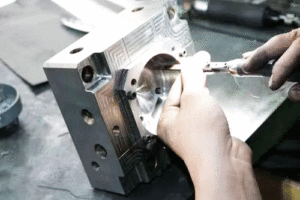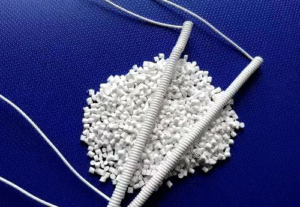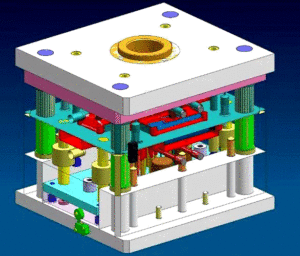
Polishing Treatment for Plastic Molds
Polishing Treatment for Plastic Molds With the widespread application of plastic products, such as daily-use items and beverage packaging containers, there is often a requirement
The reasons for poor gloss of plastic parts can be considered from mold, injection molding process, raw materials, etc. The followings are the ways to increase the brightness of ABS injection molded parts.
The demolding angle of the plastic part is too small, causing the demolding difficulty. Or the force applied during demolding is too large. The surface of the plastic part will have a poor gloss. So we should increase the demolding angle.
If the mold exhaust is poor, too much gas will stay in the mold, which will also cause poor gloss. Then, we should check and correct the mold exhaust system.
If the cross-sectional area of the gate or runner is too small or changes suddenly, the shear force will be very large when the melt flows in it. And it will flow in turbulent dynamics, resulting in poor gloss. For this, we should appropriately enlarge the cross-sectional area of the gate and runner.
If the injection speed is too small and the surface of the plastic part is not dense, causing poor gloss. For this, we should increase the injection speed appropriately.
The holding pressure is insufficient and the holding time is too short. Then, the density of the plastic part will be insufficient, causing poor gloss. For this, we should increase the holding pressure and holding time.
If the melt temperature is too low, the fluidity will be poor and it is easy to cause poor gloss. So we should increase the melt temperature appropriately.
If the injection speed is too high and the gate cross-sectional area is too small, the pouring product will be dark and poor in gloss. For this, we can reduce the injection speed appropriately and increase the gate cross-sectional area.
The large difference in the particle size of the raw materials makes it difficult to plasticize uniformly. For this, we should screen the raw materials.
Too much recycled materials or nozzle materials are added in the raw materials, which will affect the uniform plasticization of the melt and cause poor gloss. For this, we should reduce the amount of recycled materials or nozzle materials.
Some raw materials will decompose and change color during temperature adjustment and cause poor gloss. For this, we should use materials with better temperature resistance.
The overly high content of moisture or volatile matter in the raw material volatilizes into gas when heated. And then condenses in the cavity and melt, resulting in poor gloss. So we should pre-dry the raw material.
The poor dispersibility of some additives causes poor gloss. For this, we should use additives with better flow properties.
The raw materials are mixed with foreign matter, miscellaneous materials or incompatible materials. And they cannot be uniformly mixed with the raw materials, causing poor gloss. For this, these miscellaneous materials should be strictly excluded in advance.
If the amount of lubricant is too small, the fluidity of the melt will be poor. Then, the surface of the plastic part will not be dense, resulting in poor gloss. For this, we should increase the amount of lubricant appropriately.

Polishing Treatment for Plastic Molds With the widespread application of plastic products, such as daily-use items and beverage packaging containers, there is often a requirement

Injection Molding Techniques for TPE and TPR Injection Molding Techniques for TPE and TPR 1. Dry the TPE and TPR material before injection molding It

Winter Maintenance Measures for Injection Molding Machines As winter approaches and temperatures gradually drop, a cold chill envelops the earth. While ensuring personal warmth, it

Assessment Regulations for Mold Trial Exceeding 3 Times Assessment Regulations for Mold Trial 1. Purpose The purpose of this regulation is to standardize the work of